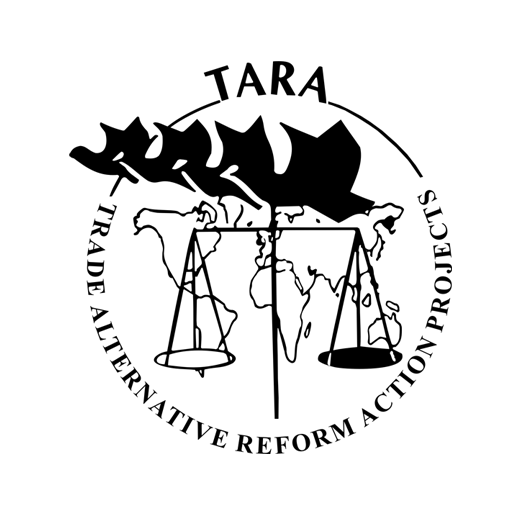Ardelaine
Working wool in a different manner
Saint Pierreville, a hidden village in the valleys of Ardèche
To reach the village of Saint Pierreville, where Ardelaine holds its headquarters, one must first cross the rugged landscapes of the Boutières, with its deep valleys carved up by small rivers, and crisscrossed by old stone bridges. It is hard to imagine that plantations once existed underneath those lush hills, now abandoned after a massive rural exodus.
In the past, these remote lands were the refuge of the Huguenots, a religious minority persecuted by the French kings in the XVIth century. Today, however, it is has been mostly deserted, and only supports a handful of people living off of their sheep, their chestnut plantations, or tourism.
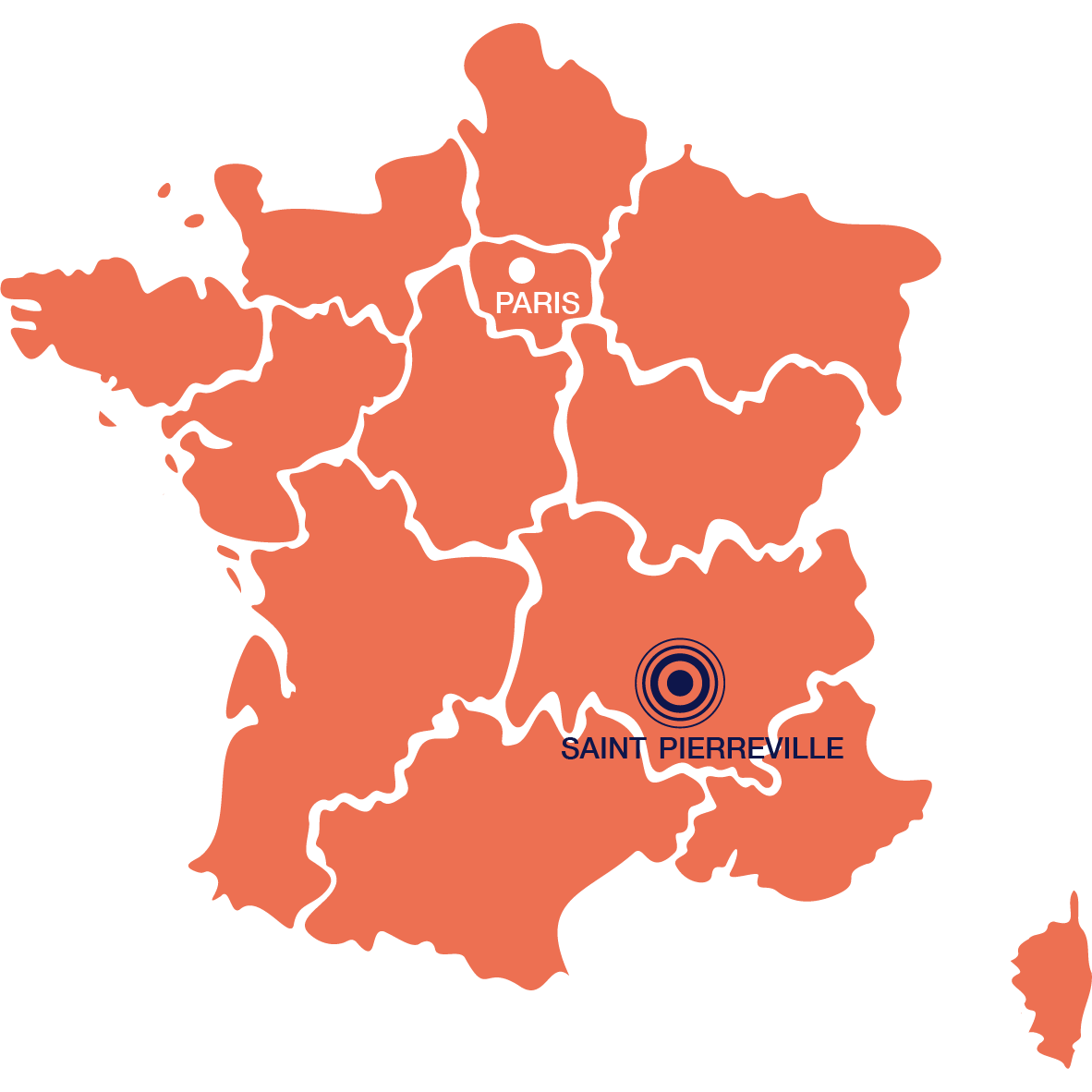
In this idyllic but deserted landscape, Saint Pierreville is an exception. A small village of nearly 600 souls, it holds a rather youthful population compared to its neighbors, and it is starting to grow. The reason of this anomaly comes from an ancient spinning mill, resurrected by a group of young idealists.
Ardelaine, the creation of 1970s idealists
In the 1970s, a group of students from all over France arrived in the village of Saint Pierreville. They belonged to the generation that lived through the student demonstrations of May 68, where thousands of young college students from all over of France took to the streets to defend an alternative way to live in the world, rejecting consumerism and the capitalism.
At the time, many of these young people went to what was known as the "third world", in search of impoverished populations to support. However, this small group of 7 students chose to travel to the emptying French countryside, seeking to support its population and save their ancestral knowledge, which was starting to disappear.
In Saint Pierreville, they stumbled upon a ruined spinning mill, abandoned by its owner, who no longer believed in the profitability of wool. While most of the villagers were wary of newcomers, the owner of the spinning mill decided to support these young city folks when they offered to put the spinning mill back in shape.
Together, they rebuilt it, saving this piece of local heritage and relaunching wool production as a cooperative. In 1982, Ardelaine was created.
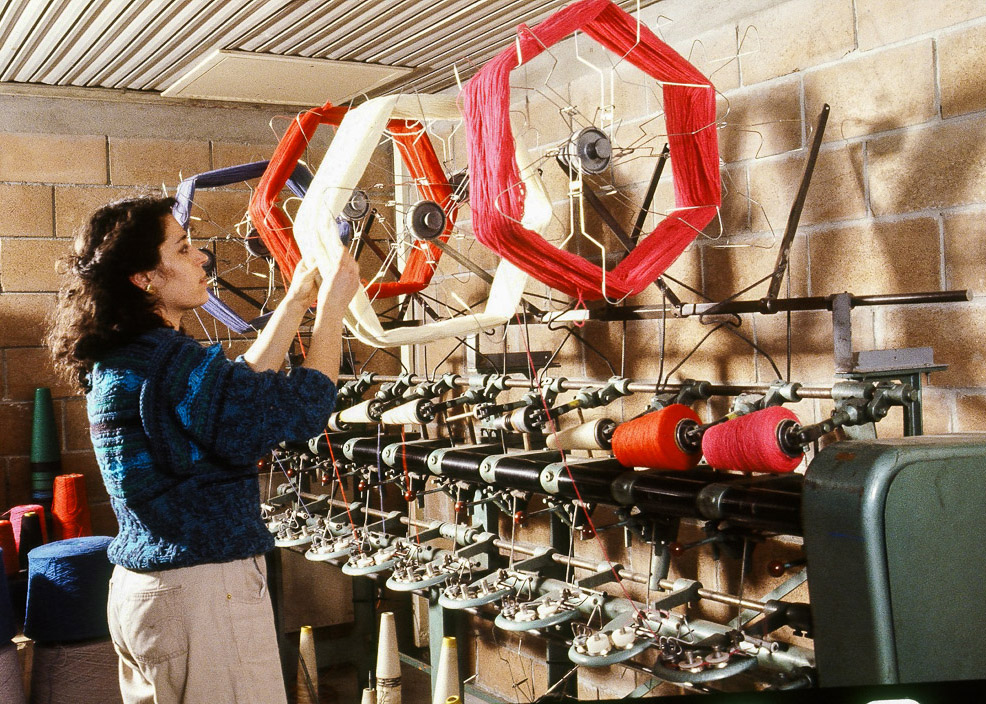
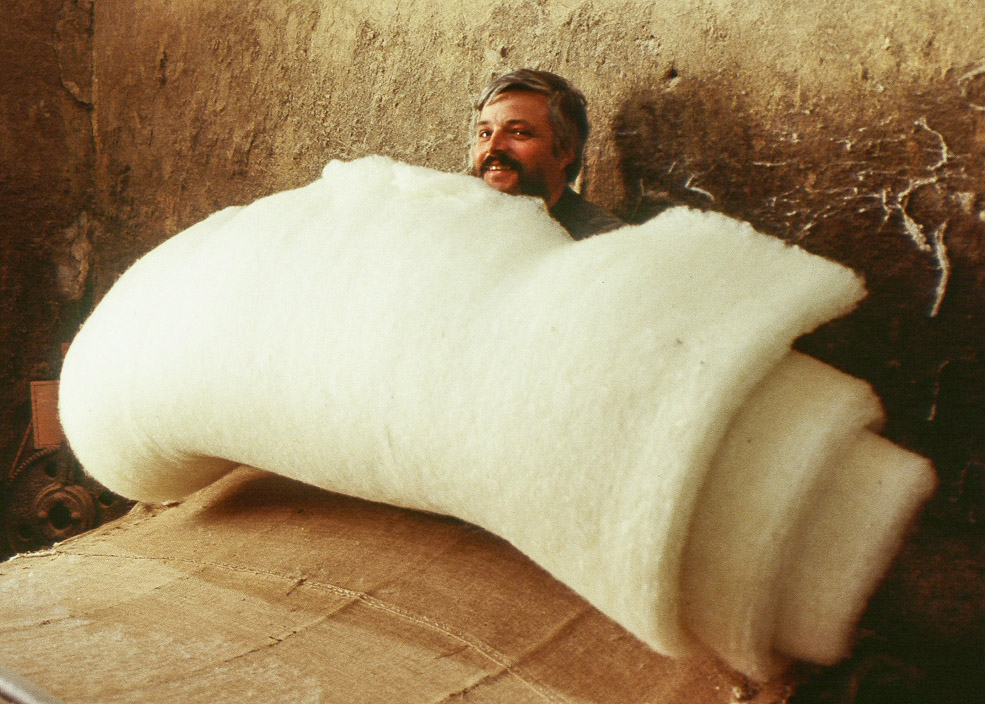
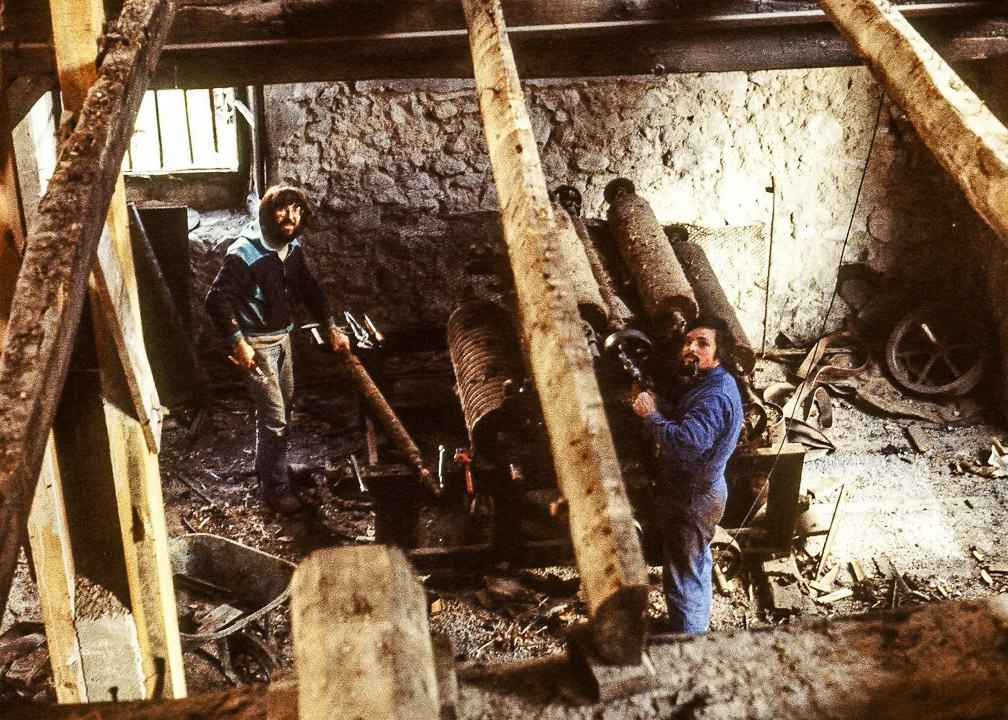
Ardelaine, a project that espouses responsible production
Since then, Ardelaine has specialized in the creation of handmade mattresses, cushions and woolen clothes. In order to reduce their carbon footprint, they choose to sell to clients over short distances.
In addition, they have also established a set of ecological standards to be respected by sheep farmers, in order to limit the use of chemicals in their wool treatment, Nowadays, Ardelaine shears 50,000 sheep each year from 300 sheep farmers.
Employees at Ardelaine are paid with the minimum wage, and alternate between producing mattresses, cushions, clothes and selling in the store, in order to promote versatility and avoid monotony. Despite the low salary, the cost of living is also very low in the region, and they have a common healthcare fund. Furthermore, Ardelaine has also established a wool production workshop in a sensitive area of the city of Valence.
Today, Ardelaine has more than 60 employees, including a Sudanese migrant, and the company creates 1 to 2 jobs per year. Its governance is cooperative, with leaders elected from among the employees.
Despite its success, Ardelaine’s prosperity depends on its economic viability: its activity requires a lot of manual work and a rare know-how which must be transmitted to every new employee. The cost of its products is higher than those of the conventional market, since its artisanal approach implies higher production costs.
Today, Ardelaine has become a tourist landmark in its own right, with a restaurant, a bookstore, a café, as well as a museum that traces the history of the region's old spinning mills, and the ancestral know-how of wool work. Ardelaine’s activities has given new life to a once dying village, which now holds an active primary school and kindergarten.
Manuel-Antonio Monteagudo
